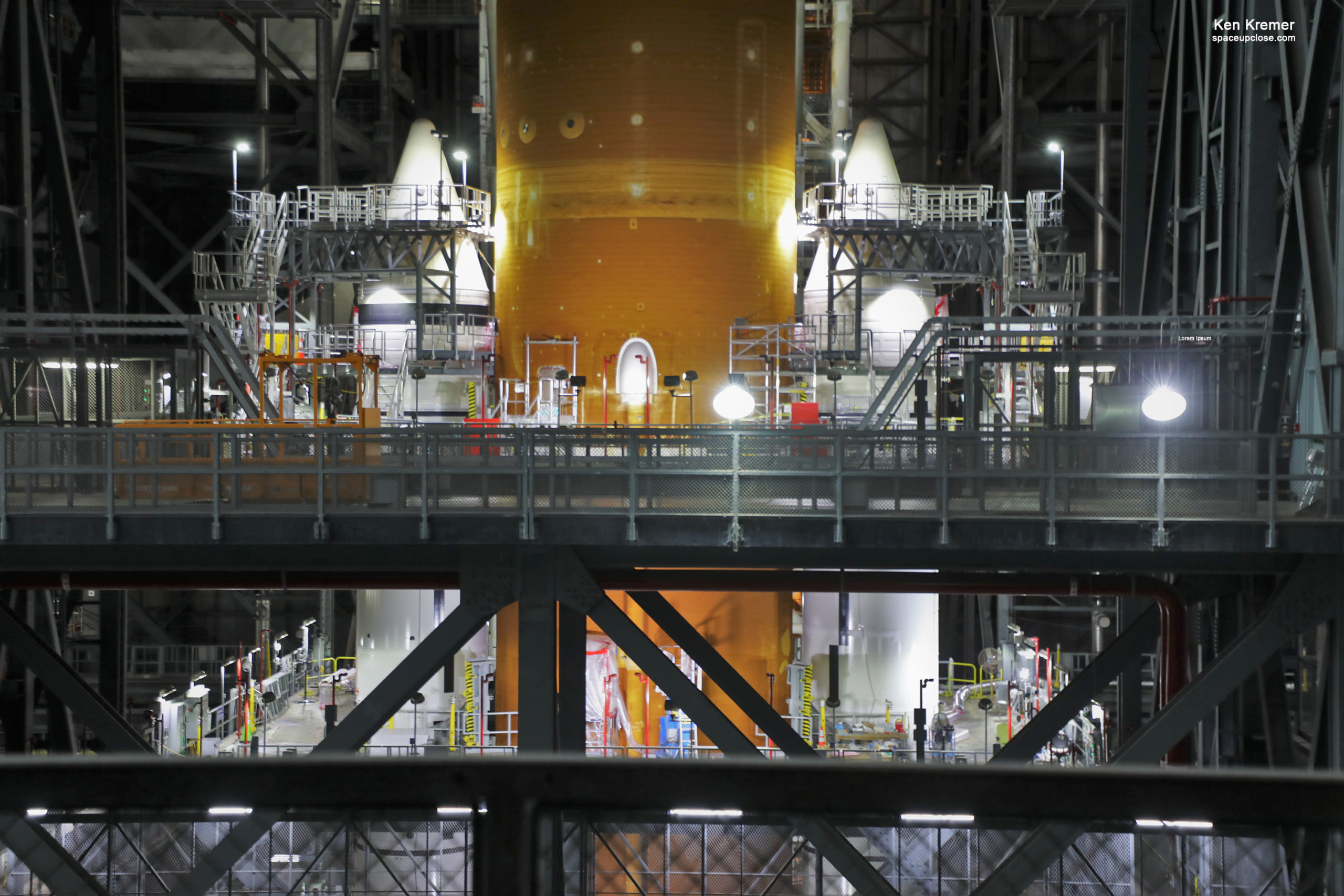
For SpaceUpClose.com & RocketSTEM
KENNEDY SPACE CENTER, FL – Following a lengthy investigation and swap out of the engine controller unit on RS-25 engine number four that is integrated at the base of NASA’s first Space Launch System (SLS) rocket core stage for the Artemis 1 Moon, mission engineers have determined that a faulty memory chip is to blame for the failure of one of the four critical engines controllers discovered during acceptance testing late last year inside the Vehicle Assemble Building (VAB) at NASA’s Kennedy Space Center in Florida.
Since the failed engine controller was found the NASA, Aerojet-Rocketdyne, contractor team have worked diligently to find the root cause while also exchanging the faulty hardware with a new unit and testing it to ensure it is ready to support the rocket rollout and launch.
“Since replacing an engine controller RS-25 engine number four that is on the Space Launch System (SLS) rocket core stage, NASA, and lead engines contractor Aerojet Rocketdyne, have performed a series of tests to ensure the engines and controllers are ready to support the Artemis I mission. All four engine controllers performed as expected during power up, as part of the Artemis I Core Stage engineering tests,” said NASA announcing the resolution of the engine controller issue in a statement issued Feb. 18.
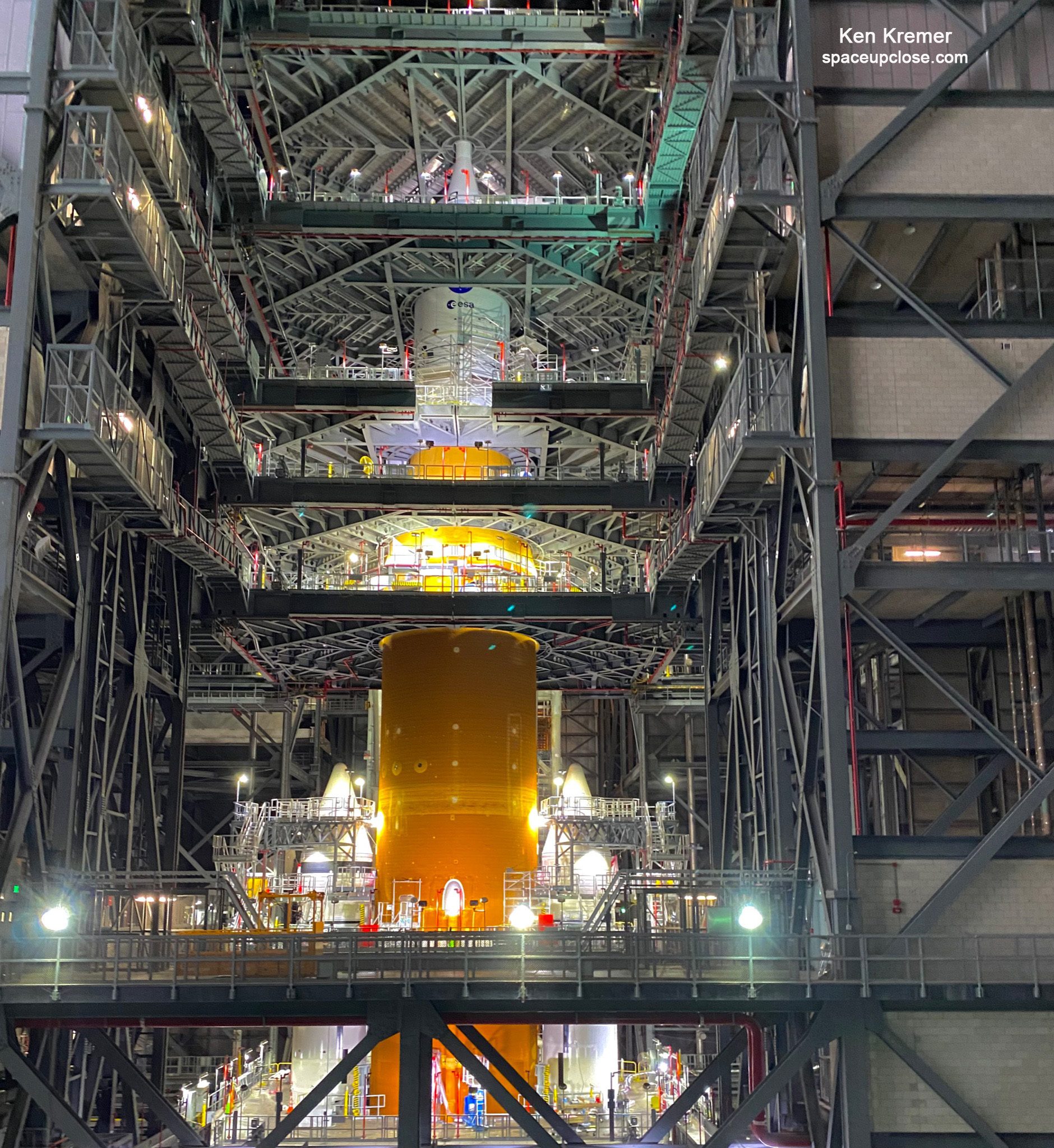
After the failure was discovered NASA was forced to postpone the Artemis 1 rollout and launch by several months from late 2021 into NET April 2022
“Aerojet Rocketdyne and its manufacturer of the engine flight controller, conducted numerous tests on the faulty engine four controller and determined the cause to be a faulty memory chip.”
“The device is used only during the controller start-up sequence and has no impact on controller operations beyond that point.”

The other chips appear to be absolutely fine and no constraint to moving forward.
“There is no indication of faulty memory chips on the other three engines, and therefore no related constraints to the wet dress rehearsal or launch.”
Teams are now continuing to run through the final diagnostic tests and closeouts leading to approval for the rollout to pad 39B.
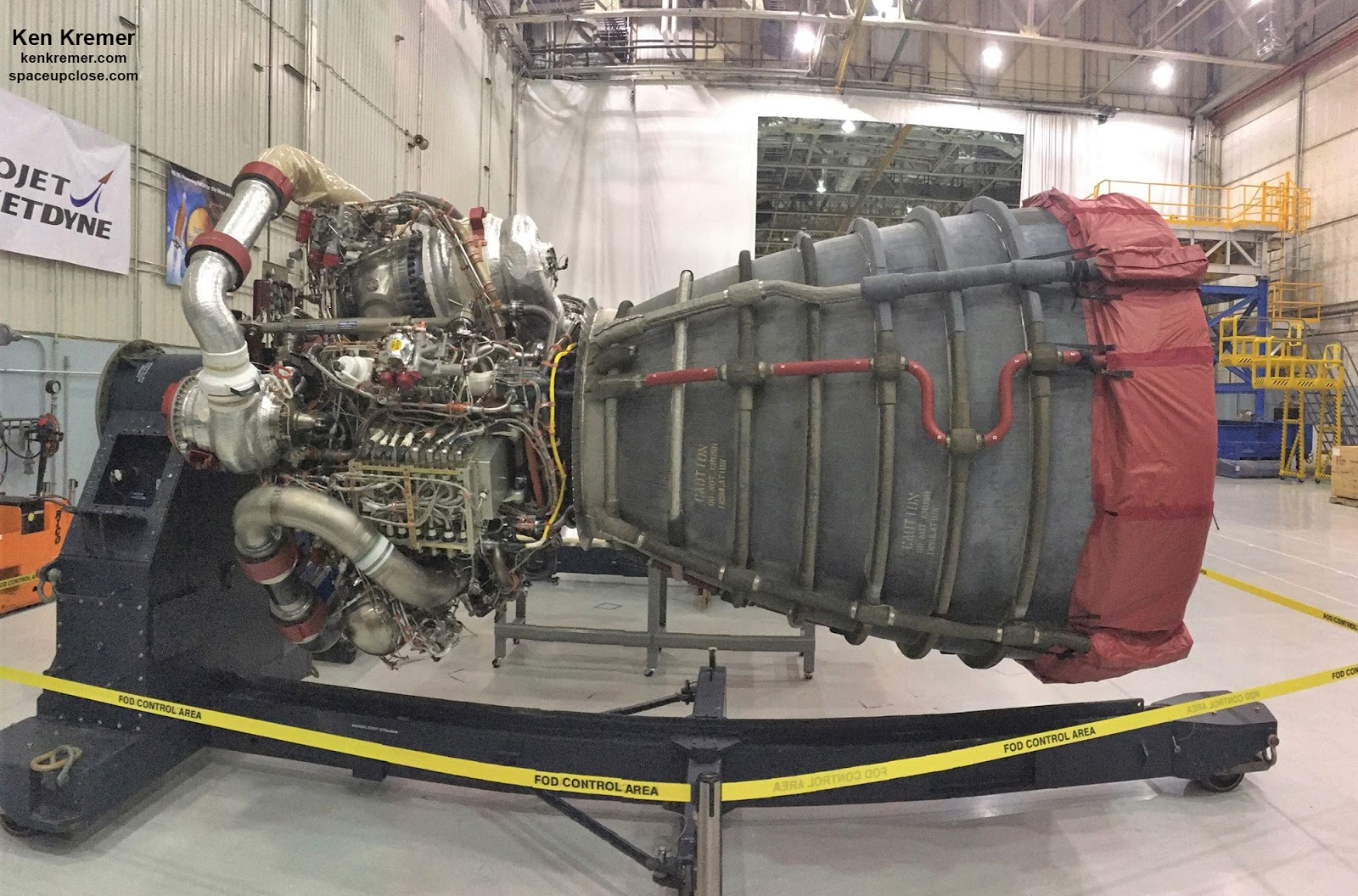
“Kennedy teams are completing remaining SLS pre-flight diagnostic tests and hardware closeouts, including testing the flight termination system on the SLS and installing instrumentation on the twin solid rocket boosters, in advance of rolling the rocket and spacecraft to Launch Pad 39B for the first time next month for a final test before launch. This final test, known as the wet dress rehearsal, will run the launch team through operations to load propellant into the rocket’s tanks and conduct a full launch countdown.”
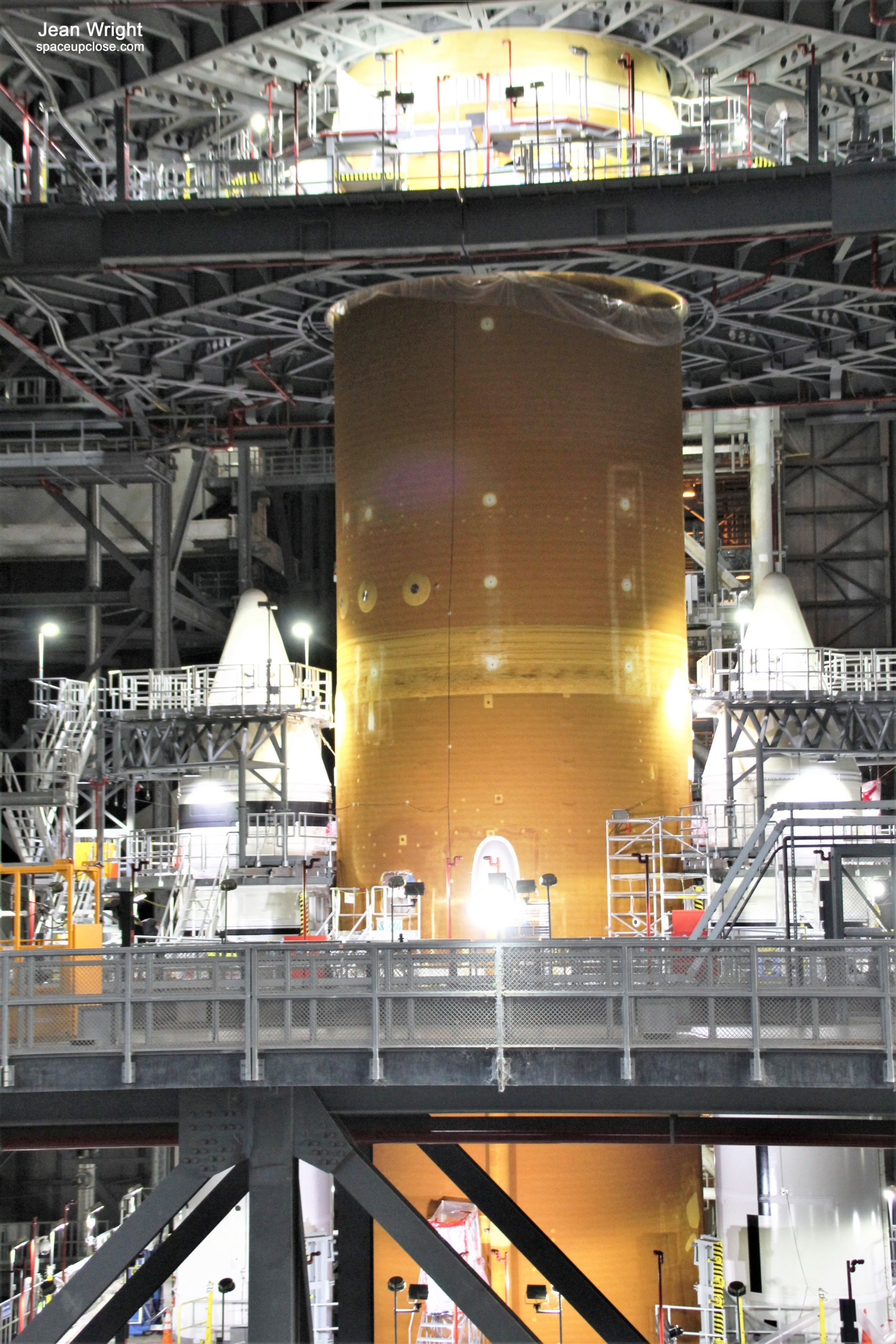
And with the testing going well NASA see no holds to moving forward with the SLS rollout to pad 39B, the critical Wet Dress Rehearsal (WDR) fueling test and eventually the actually launch of Artemis 1.
“Artemis engineers are working through final closeout tasks for the launch, as well as integrated testing before the rocket rolls out to the pad at NASA’s Kennedy Space Center in Florida for the first time in mid-March,” NASA confirmed on Feb 22.
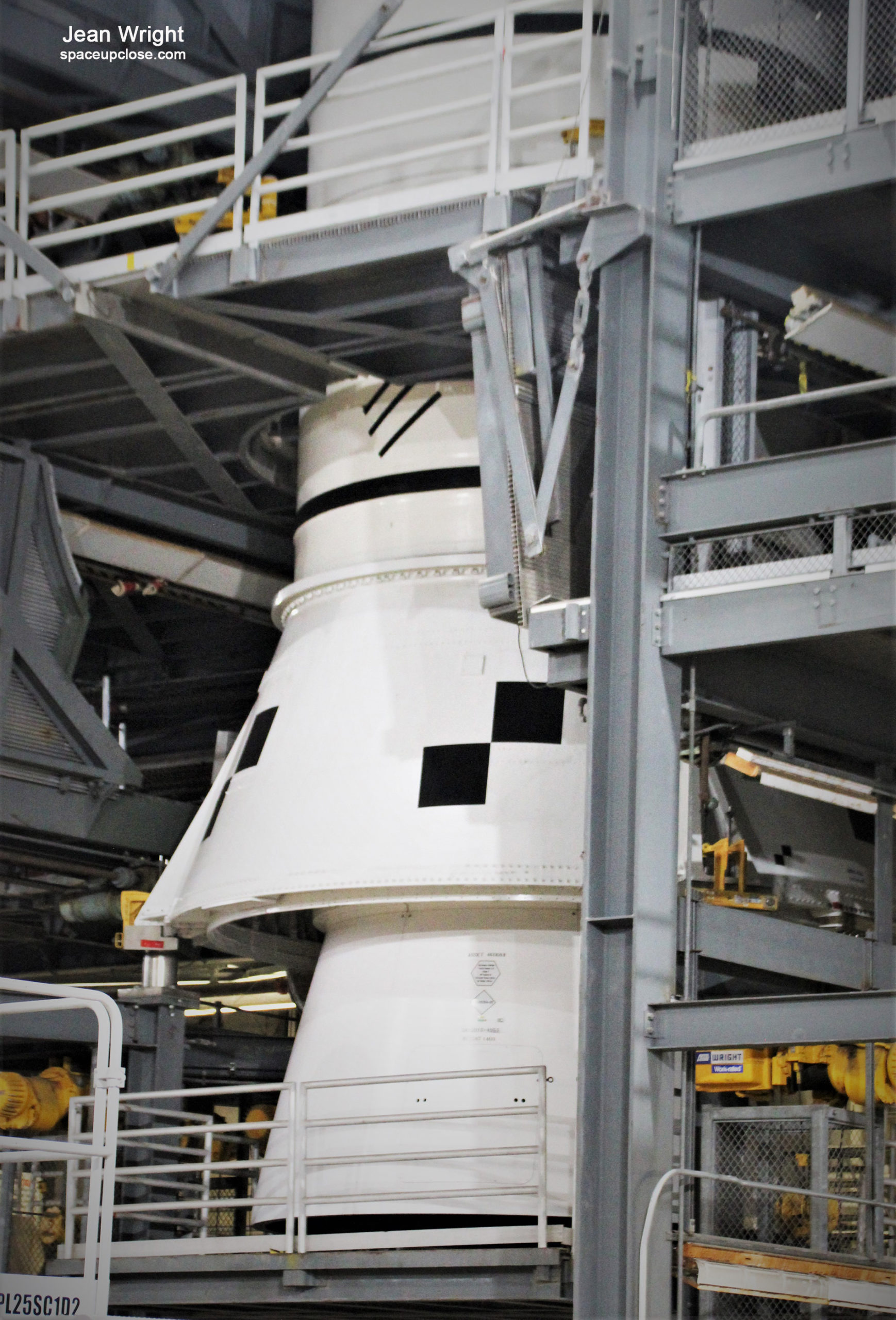
The Wet Dress Rehearsel (WDR) fueling test is the final major test before launch and a successful outcome is key to setting a launch target5 date for Artemis 1 – most likely NET May 2022.
“During the test at the launch pad, engineers will be on duty in the Launch Control Center and in other stations where they will work during the Artemis I launch. They will capture as much data as possible on the performance of all the systems that are part of SLS and the Orion spacecraft as well as the Kennedy ground systems. NASA will set a target launch date after a successful wet dress rehearsal test.”
After completing the WDR and the SLS rocket and spacecraft systems are verified the 322-foot-tall rocket will roll back into the VAB “for final inspections and checkouts, including the second part of the flight termination system test, ahead of returning to the pad for launch.”
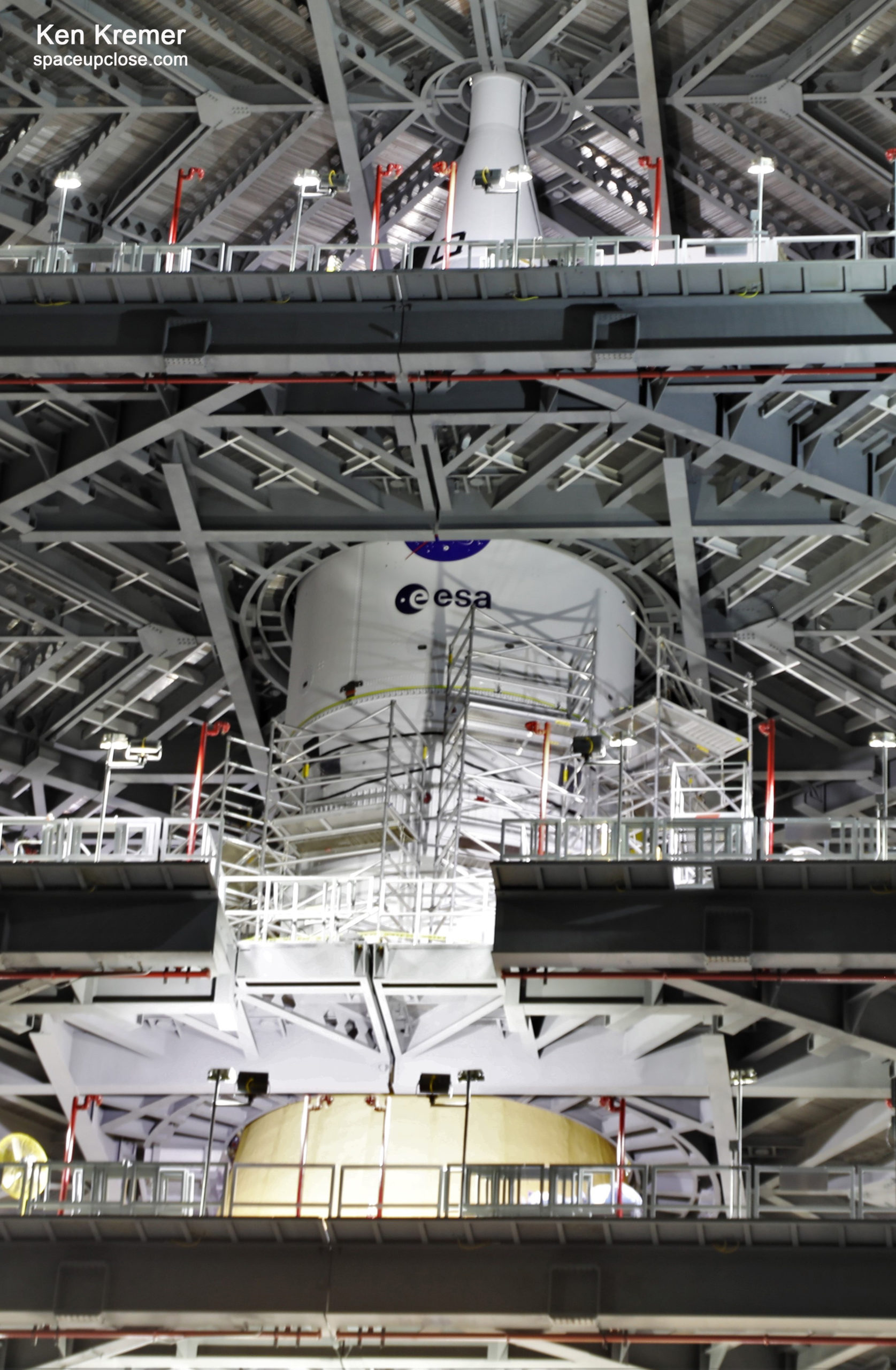
On Jan 24, the launch team completed a second countdown sequence demonstration test of SLS inside the VAB.
“The test demonstrated the ground launch software and ground launch sequencer, which checks the health and status of the rocket sitting on the pad. The simulated launch countdown tested the responses from the Space Launch System rocket and Orion spacecraft, ensuring the sequencer operates correctly. On launch day, the ground launch sequencer hands off to the rocket and spacecraft, and an automated launch sequencer takes over control of the rocket from ground controllers around 30 seconds before launch.
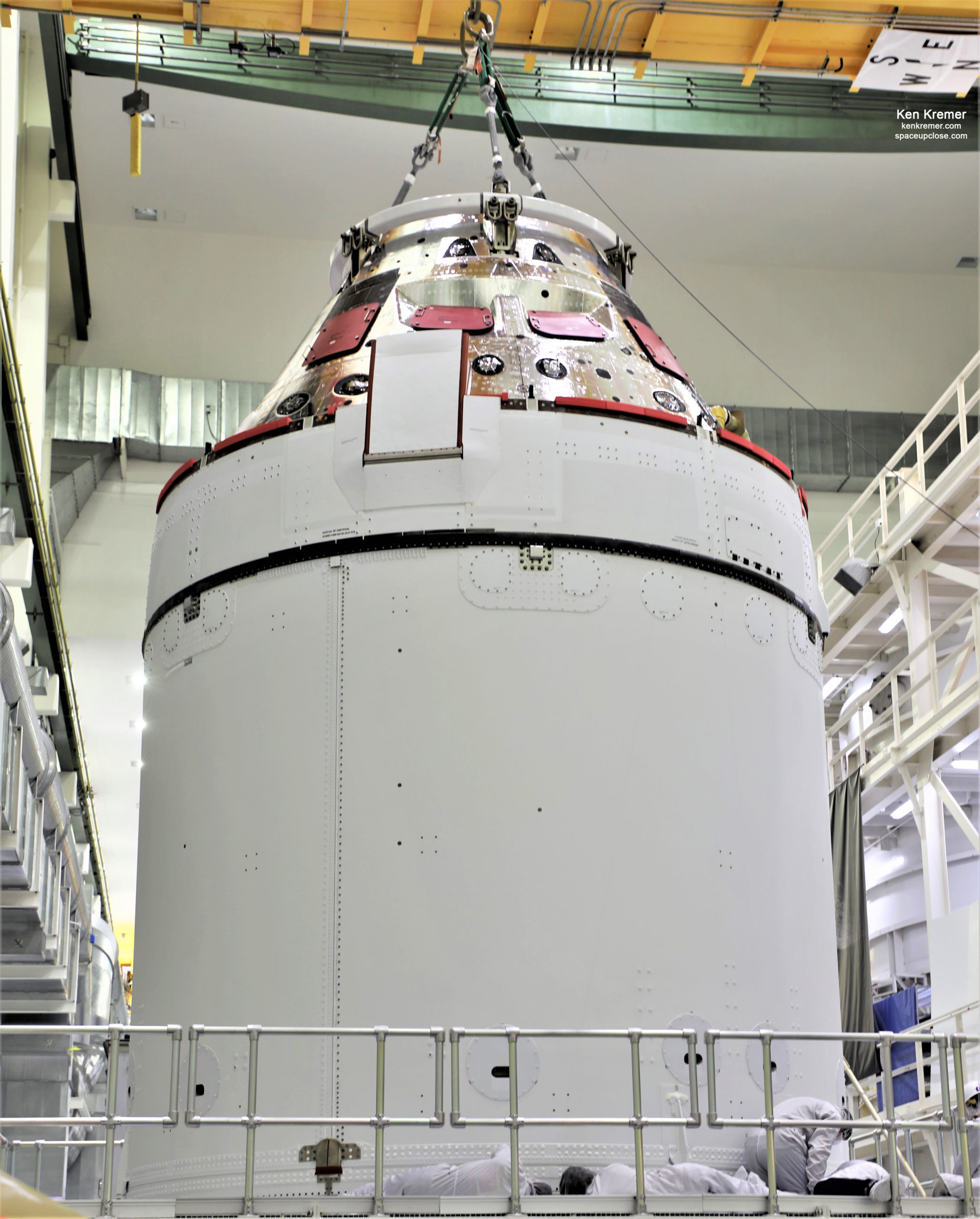
Liftoff of the uncrewed Artemis 1 mission is slated for no earlier than Spring 2022 from Launch Complex 39B at NASA KSC on the first in a series of increasingly complex missions to test the SLS heavy lift mega rocket and Orion crew capsule as an integrated system prior to crewed flights to the Moon starting with Artemis 2.
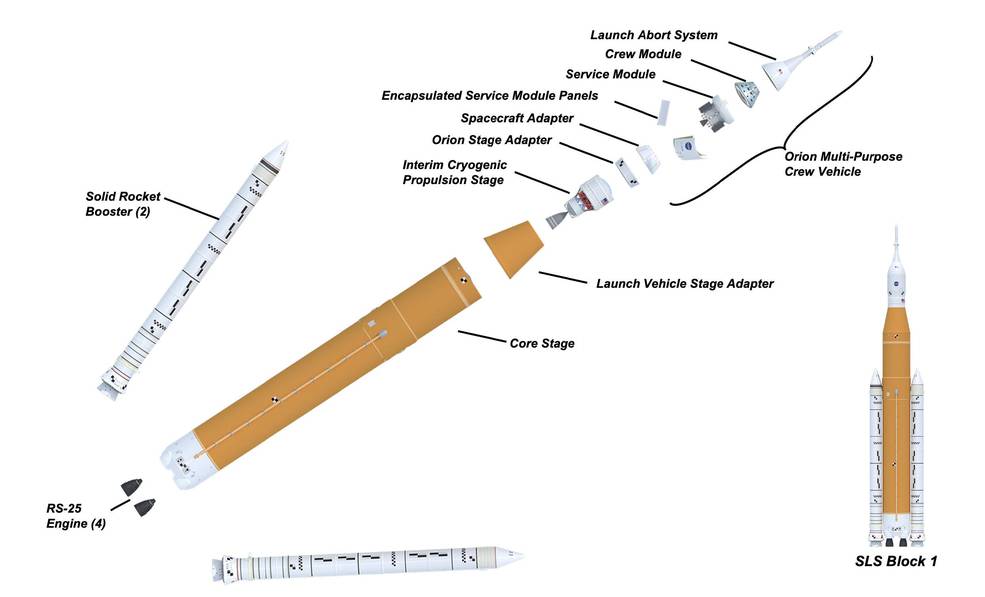
Watch Ken’s continuing reports about Artemis, SLS, Orion and NASA missions, JWST, IXPE, DART, Lucy Asteroid mission, GOES, SpaceX Cargo and Crew Dragons, SpaceX Starlink, Commercial Crew and Starliner and Crew Dragon, Blue Origin and Space Tourism, and onsite for live reporting of upcoming and recent SpaceX and ULA launches including Crew 1 & 2 & 3, ISS, Solar Orbiter, Mars 2020 Perseverance and Curiosity rovers, NRO spysats and national security missions and more at the Kennedy Space Center and Cape Canaveral Space Force Station.
Stay tuned here for Ken’s continuing Earth and Planetary science and human spaceflight news: www.kenkremer.com –www.spaceupclose.com – twitter @ken_kremer – email: ken at kenkremer.com
Dr. Kremer is a research scientist and journalist based in the KSC area, active in outreach and interviewed regularly on TV and radio about space topics.
………….
Ken’s photos are for sale and he is available for lectures and outreach events
Please consider supporting Ken’s work by purchasing his photos and/or donating at Patreon:
https://www.patreon.com/kenkremer
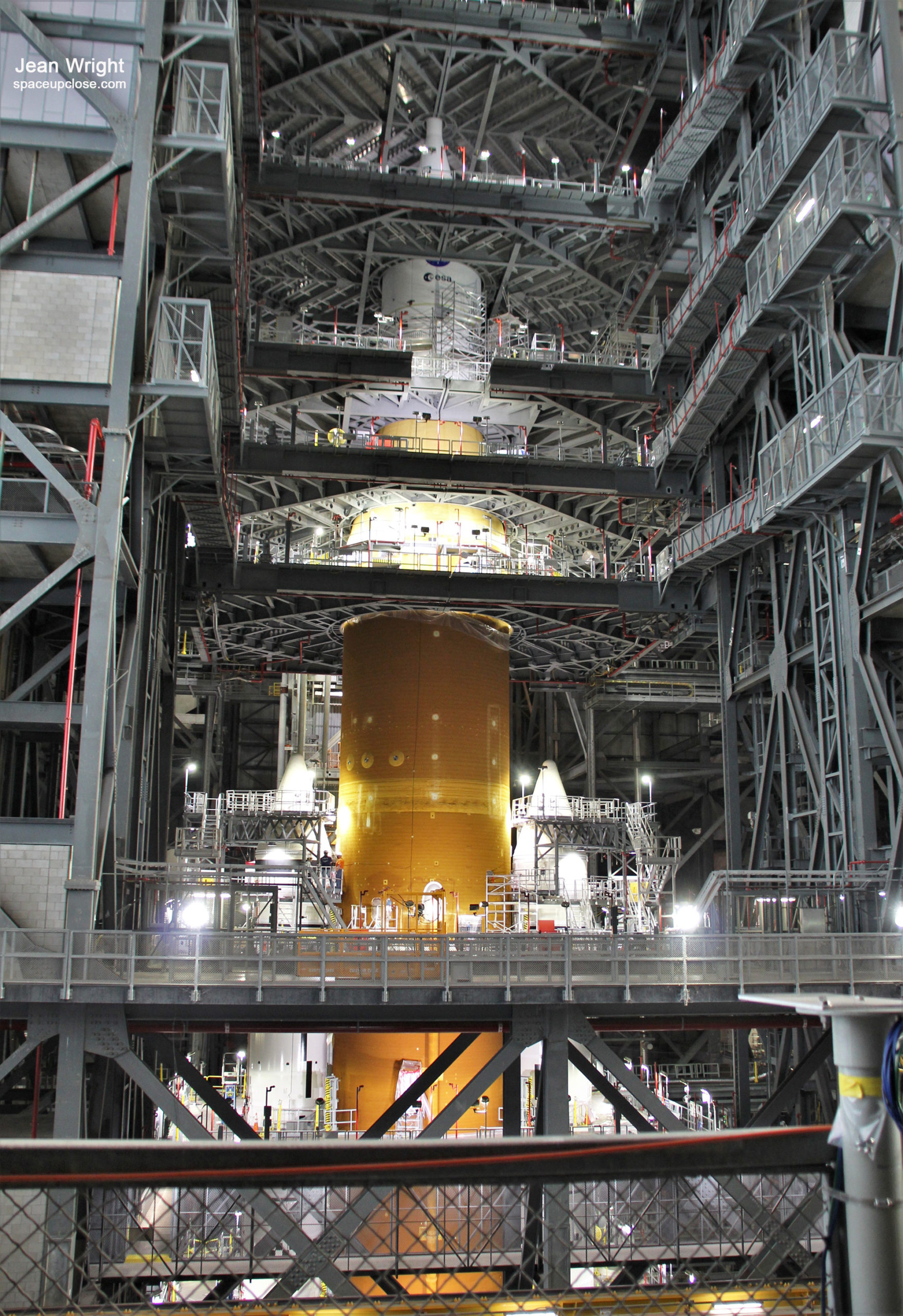
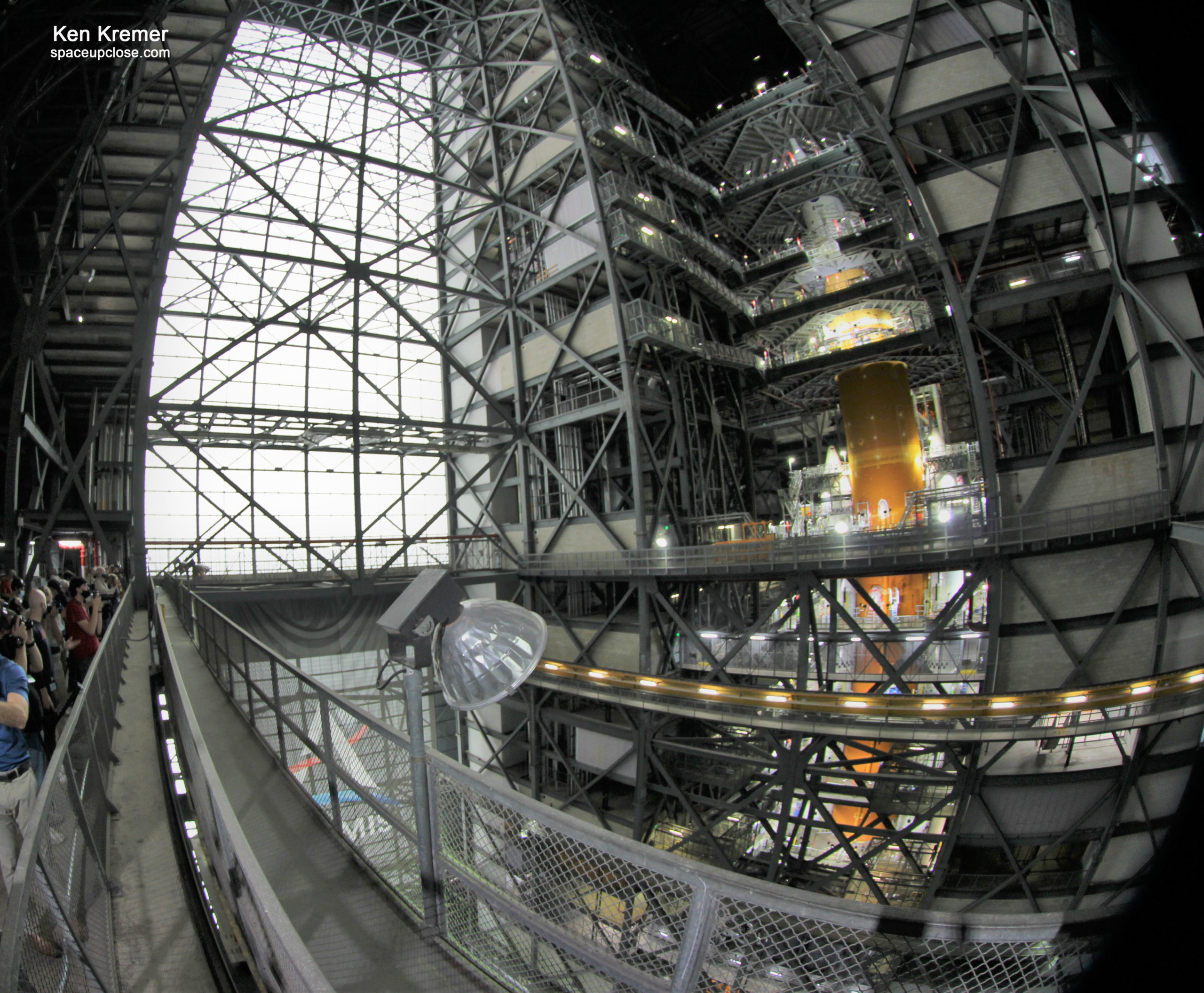
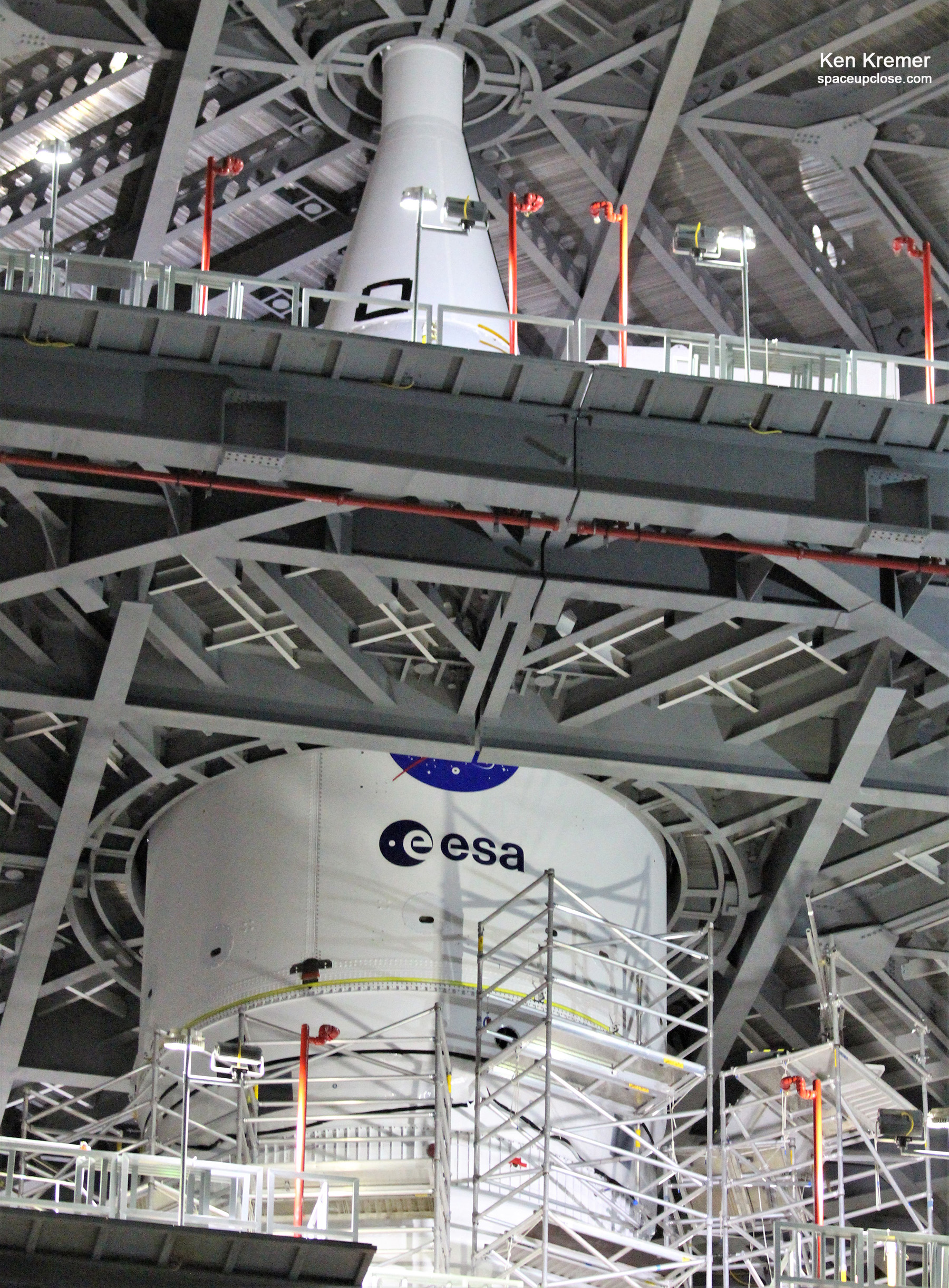
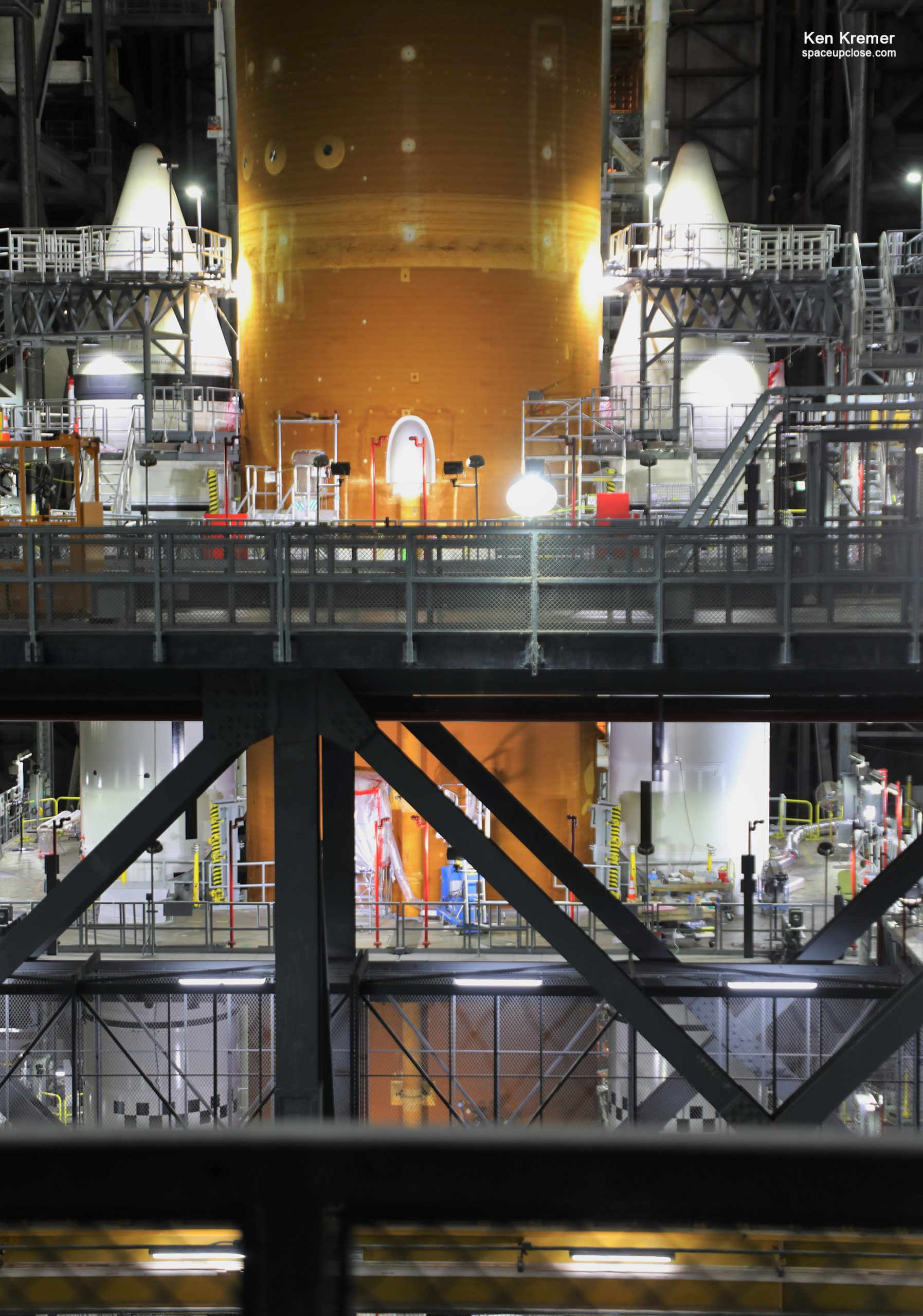
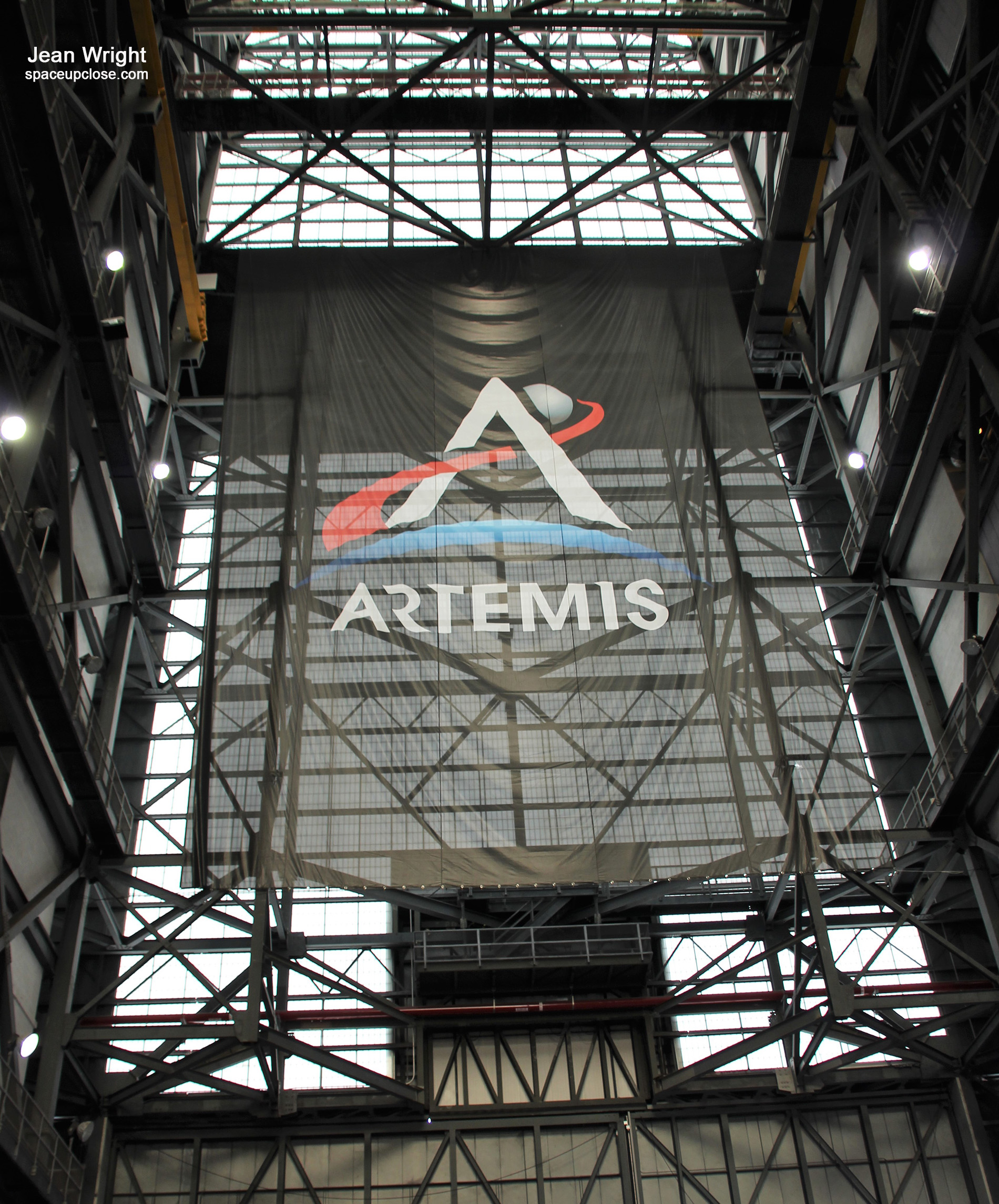
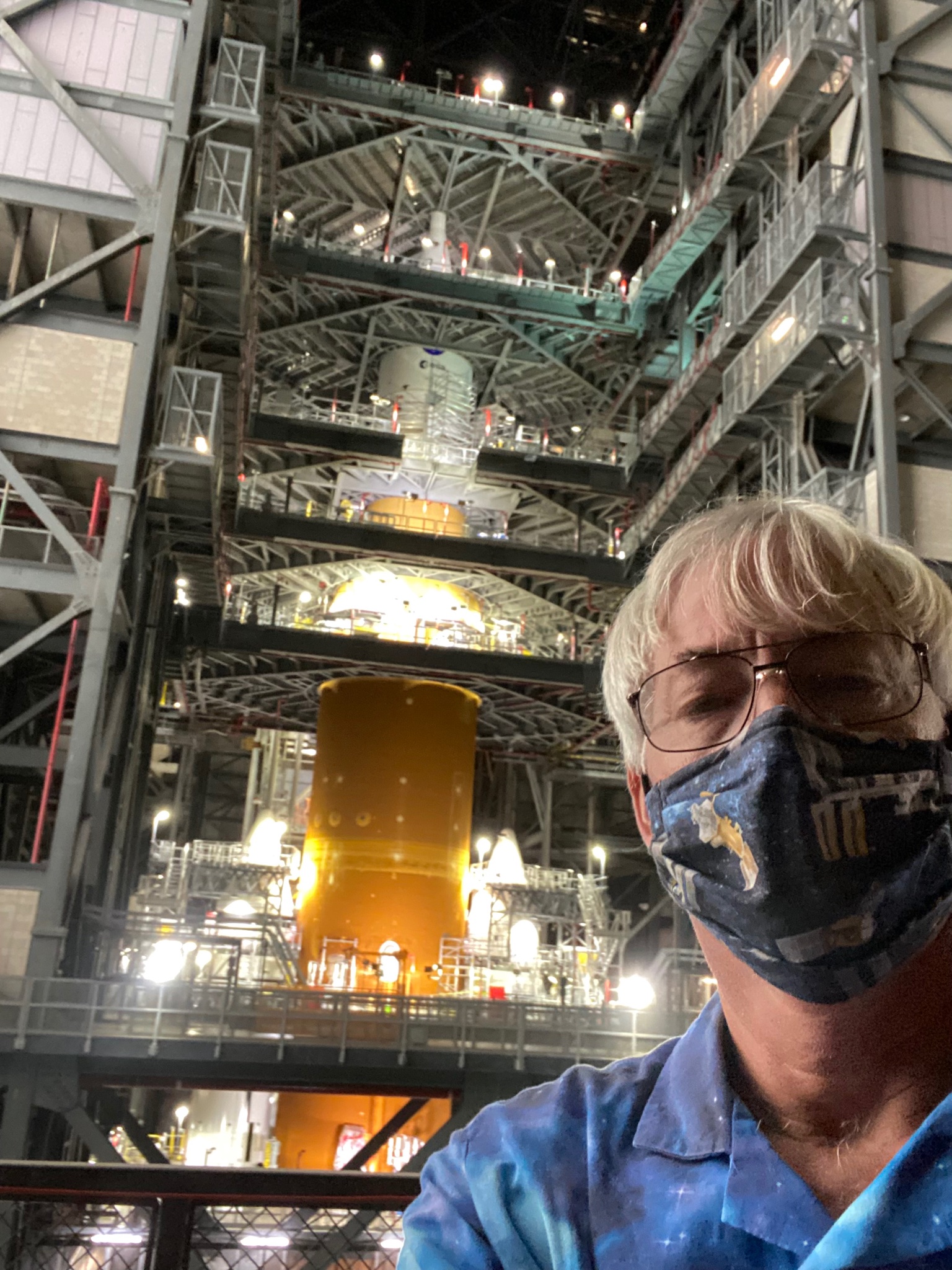
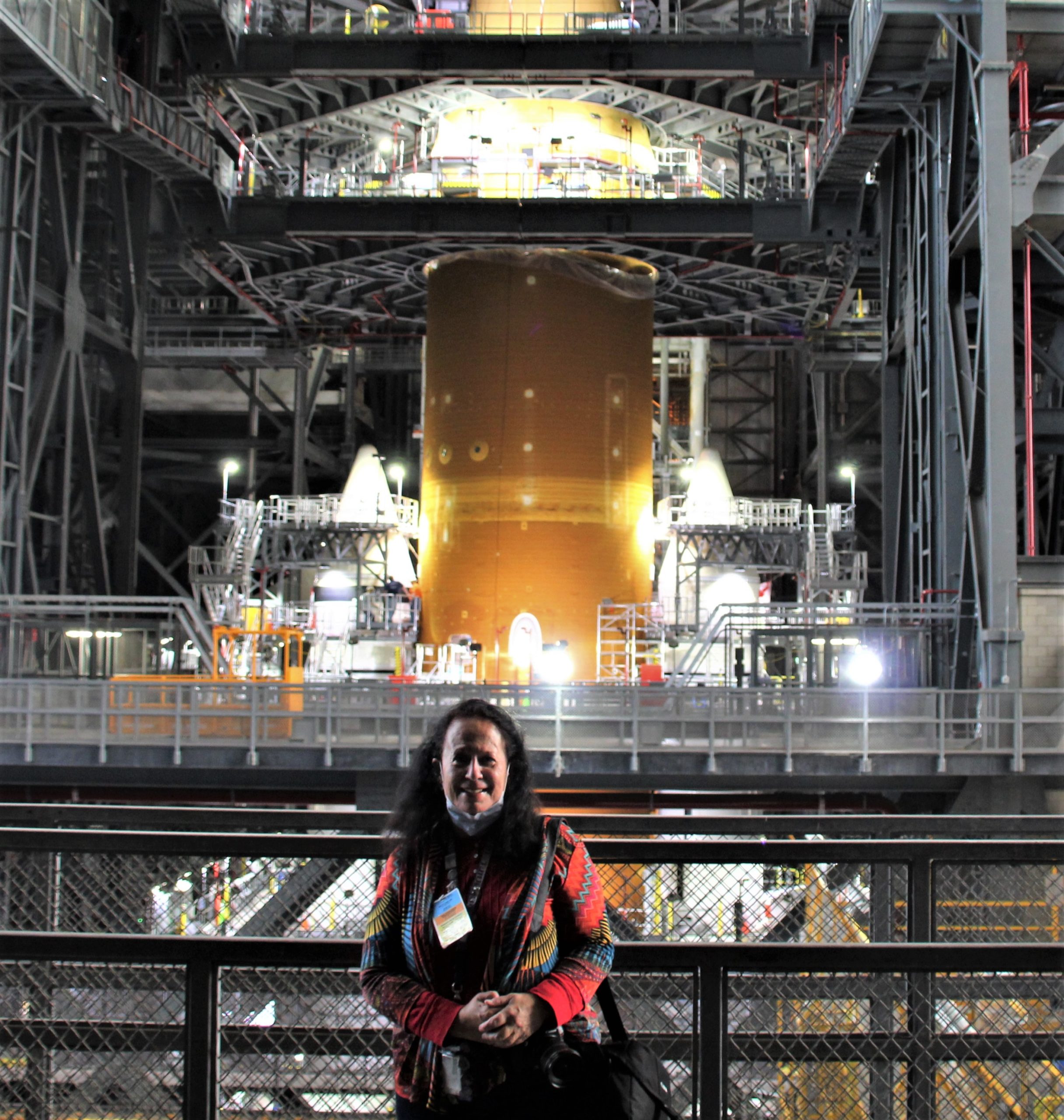
x



